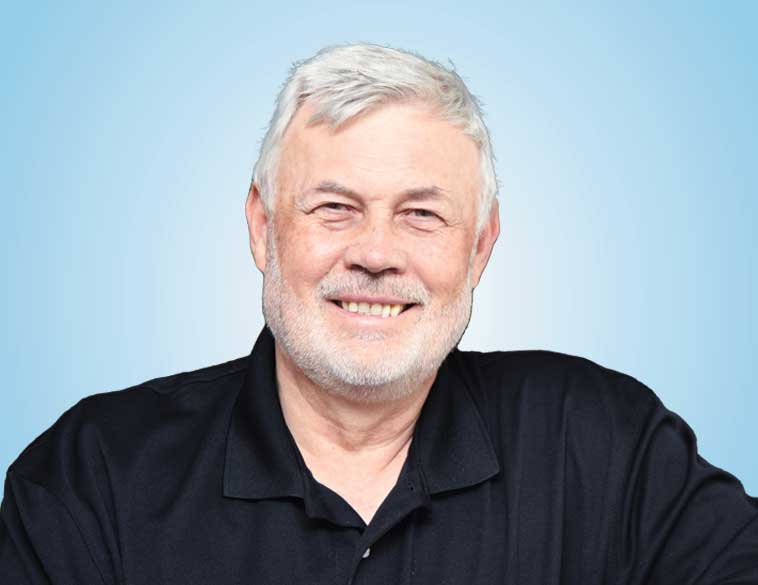Proper planning and support are key to achieving effective results.
For many collision centres, looking at ways to improve repair efficiency and reduce cycle time is a constant. One area where significant savings can be realized is the drying process. It’s one reason why, since 2001, Symach has been consistently focused on developing technology such as the Catalytic Infrared Drying system and the UV Drying system.
Based on feedback we’ve had from collision centres across the globe about the Infrared technology, in addition to working with major refinish suppliers and testing their paint products in our R&D centre in Bologna, Italy, the results have been significant.
The IR technology has also enabled the introduction of processes such as the SPAP (Symach Paint Application Process), which works with both IR and UV fast-curing finishes, enabling shops to really optimize the paint and drying aspects of the repair.
Workflow and support
One question we frequently get asked is what and how can I get a Catalytic Infrared Drying system installed in my facility? The answer is multi-faceted.
Firstly, the integration of the IR and UV technologies is simple: Symach FlyDry/EasyDry robots and the new KombiKing drying cabin can easily be retrofitted to existing collision repair shops, or integrated into the layout of new ones. Symach gives the highest support in the design of the new workflow of the repair process in the shop, based on the production needs of the customer, and trains both painters and managers on the use of the technology on one side and workflow planning on the other.
It’s important to consider a shop’s size, layout, location, production volume, as well as the number of staff it employs.
Secondly, the shop also needs to have a clear understanding of its current repair process. For example, analyzing current workflow as well as production planning is essential. If there are inefficiencies in the overall repair process, installing a Catalytic Infrared or UV hybrid drying system is not going to have a meaningful impact if other bottlenecks in the repair process remain. This is exactly what Symach does when it’s asked to design the layout of the shop. Through this analysis, Symach can understand the right needs of the shop in terms of equipment, technicians and painters, and gives the customer a clear business plan to understand the renovation process and its goals.
Right equipment, right location
Furthermore, with many collision centres worldwide (including those in Canada), experiencing labour shortages, along with rising energy costs and inflation, it is imperative that any investments regarding equipment are carefully studied. The key objective then, is to make sure you are investing in the right equipment for your specific location, not just because something is new, or ground-breaking.
When we look at Catalytic Infrared Drying systems, a key benefit is the fact that they can be used over multiple faces of the repair. For example, it can be used to dry body filler, primer, basecoat and clearcoat. When you factor this into the repair planning process, key-to-key times for the entire repair can be reduced by as much as 40%. UV paint products are currently available for body filling and priming, and the UV technology developed by Symach is highly efficient, reducing the drying times dramatically in the preparation area.
Additionally, given the current shortage of collision repair technicians, a Catalytic Infrared Drying system, including the UV hybrid version—particularly thanks to the automated drying functions—can enable shops to improve labour productivity by 30-40%.
Other factors to consider include energy savings, which are front and centre for many businesses at present. A high-quality infrared drying system installed in a KombiKing drying booth can help the shop realize energy savings of up to 85%, compared with a conventional baking process, depending on the region where the shop is located and ambient temperatures.
While these are very significant benefits in both cost savings and efficiency, as we mentioned earlier, there are no one-size-fits-all approach. For individual collision centres to truly reap the benefits Catalytic Infrared Drying has to offer, it is imperative they select a vendor who is able to create a custom Catalytic Infrared Drying or UV-Hybrid solution that is tailored to their specific needs.



